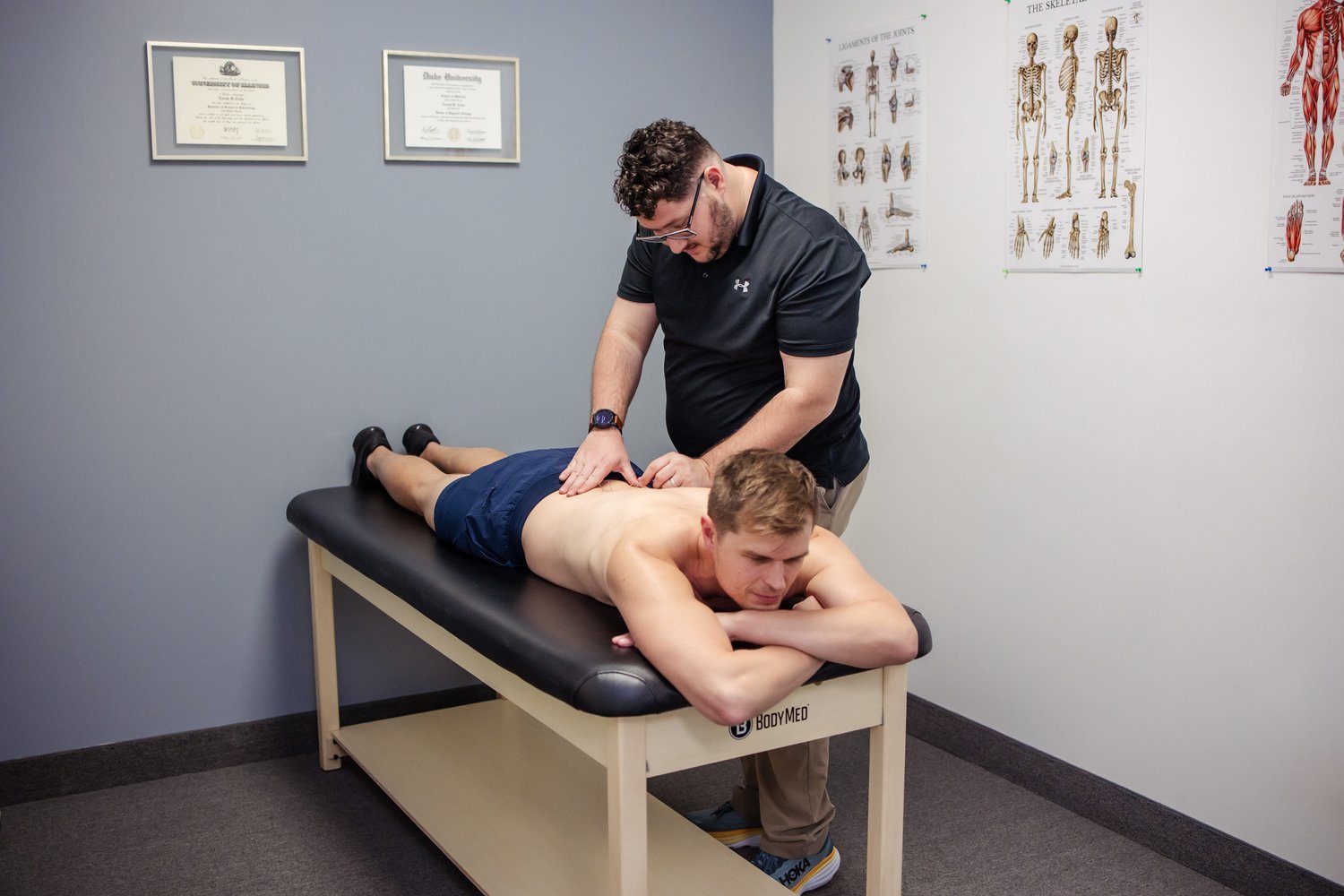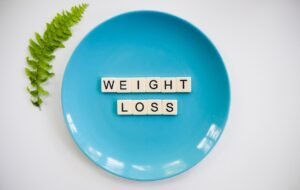Ever hurt your ankle or muscle? These are common injuries, affecting many people. Your body’s support system (muscles, tendons) can get injured if used excessively or incorrectly, causing pain and limiting movement.
Fortunately, with proper care, such injuries usually heal well. Traditionally, the RICE method (Rest, Ice, Compression, Elevation) was used for recovery. However, alternative to rice method exists – the M.E.A.T. method (Movement, Exercise, Analgesics, Treatment).
Understanding Soft Tissue Injuries:
Before diving into treatment methods, let’s first understand what soft tissue injuries are and how they occur. Soft tissue injuries can be broadly categorized into three main types:
- Sprains: These occur when ligaments, the rugged bands connecting bones at joints, get stretched or torn. This can cause pain, swelling, and instability in the joint.
- Strains involve tearing or pulling muscle fibers or the tendons that connect muscles to bones. Symptoms can include pain, stiffness, and weakness in the affected muscle.
- Contusions: Also known as bruises, these are caused by direct impact on the soft tissues, resulting in bleeding and swelling under the skin. While typically less serious, contusions can still cause pain and discomfort.
Several factors can contribute to soft tissue injuries, including:
- Sudden impacts: Sometimes, when we fall, crash, or bump into something hard, it pushes or pulls on our muscles and tendons too much. This can make them tear or stretch, which hurts!
- Overuse: If we keep using the same muscles a lot without giving them a break, it’s like working them too hard all the time. This can make them tired and sore and sometimes even cause tiny tears or swelling. It’s like using the same toy repeatedly without letting it rest, it might eventually break!
- Improper technique: If we don’t practice doing something the right way before we try it for real, or if we don’t warm up our muscles first, there’s a bigger chance of getting hurt. It’s like trying to jump on a bike without learning how to ride it first or running a race without stretching!
- Muscle imbalances: Weak or tight muscles can create imbalances that put undue stress on other tissues, making them more susceptible to injury.
The body’s healing process for soft tissue injuries involves several stages:
- Inflammation: Immediately after the injury, the body sends inflammatory cells to the area to remove damaged tissue and debris. This can cause pain, swelling, and redness.
- Repair: During this stage, the body begins to rebuild the damaged tissue by laying down new collagen fibers. This process can take several weeks or even months, depending on the severity of the injury.
- Remodeling: In the final stage, the newly formed collagen fibers are reorganized and strengthened to restore the original strength and function of the tissue.
The RICE Method:
People long used RICE (Rest, Ice, Compression, and Elevation) to heal ouchies. Here’s what each one means:
- Rest: Take it easy so your body can heal, but don’t stop moving, or your muscles might get stiff.
- Ice: Put ice on the ouch to reduce swelling and pain. Wrap it in a towel first so it doesn’t hurt your skin!
- Compression: Wrap the ouch gently with a bandage to help with swelling and support the injured area.
- Elevation: Raise the ouch above your heart to help reduce swelling, too.
RICE helps with pain and swelling at first, but newer research suggests it might not be the best way to heal completely. We’ll learn about another way to heal ouchies in the next part!
The M.E.A.T. Method:
The M.E.A.T. method is a newer approach that emphasizes early controlled movement and gradual exercise alongside other strategies for managing soft tissue injuries. Let’s delve into each component:
- Moving gently: Unlike resting all the time, M.E.A.T. says it’s good to move a little bit as soon as it doesn’t hurt too much. This keeps your body flexible and prevents it from getting stiff. It’s like keeping a toy car working by rolling it sometimes!
- Getting stronger: Once your injury starts feeling better, M.E.A.T. says to do light exercises to strengthen your muscles and help you move better. This is like slowly building your muscles back up with toy building blocks.
- Pain relief helpers: M.E.A.T. knows pain can be annoying, so it’s okay to use pain medication sometimes, like taking a sip to feel better. But it’s important to listen to your body and not use too much, and try to find other ways to feel better, like using ice or heat.
- Seeing a doctor or grown-up: Remember, M.E.A.T. is just one way to help heal. Seeing a doctor or grown-up who knows about healing is important! They can check your injury, make a plan to get you better faster and show you the best exercises to do.
We learned about two ways to heal ouchies: RICE and M.E.A.T. We used to think complete rest was best, but now we know it’s important to keep moving gently as soon as it doesn’t hurt too much. This helps your body heal faster and get stronger. Of course, if you’re in a lot of pain, listen to your body and rest! But remember, gentle movement can help you feel better sooner. Talk to a doctor or grown-up who knows about healing to figure out the best way to get back to playing and feeling fantastic again!
Comparing and Contrasting RICE and M.E.A.T.:
Both the RICE and M.E.A.T. methods serve the common goal of promoting healing and restoring function following soft tissue injuries. However, they differ in their approaches:
Similarities:
- Early intervention: Both methods encourage prompt action after an injury to minimize further damage and initiate healing.
- Pain management: Both acknowledge the importance of managing pain to improve comfort and facilitate rehabilitation.
Benefits and limitations:
RICE Method:
Benefits:
- Simple and easy to understand.
- Effective in reducing pain and inflammation in the initial stages.
- It can be implemented readily with readily available supplies.
Limitations:
- Overemphasis on rest may lead to stiffness and muscle weakness
- It may not promote long-term healing and functional recovery
- Does not address the restoration of strength and stability
M.E.A.T. Method:
Benefits:
- Promotes early movement to maintain flexibility and blood flow
- Gradual exercise helps regain strength and stability
- Encourages a holistic approach to Treatment, including professional guidance
Limitations:
- Requires careful monitoring and guidance from a healthcare professional to ensure appropriate exercise progression.
- It may not be suitable for all types of injuries, particularly severe ones.
- Individuals may need to overcome pre-existing beliefs about complete rest following injury.
When to Choose Which Method:
The optimal approach to managing a soft tissue injury depends on several factors, including:
- The severity of the injury: Bigger ouchies, like insufficient tears or wobbly joints, might need more rest at first to heal correctly. A doctor or grown-up who knows about healing can help make a plan for what to do to get better faster.
- Individual needs and preferences: Some people feel better resting completely at first, like taking a nap after a long day. Others might feel okay doing a light activity sooner, like walking around slowly. Everyone’s body heals differently, so listen to your own and see what feels best for you!
- Type of injury: Different ouchies might need different kinds of Treatment. For example, a twisted ankle might need more rest than a sore muscle. A doctor or grown-up who knows about healing can help figure out the best way to treat your specific injury and get you feeling better faster!
After discussing the RICE and M.E.A.T. methods, it’s also worth mentioning other treatment modalities that can aid in the recovery of soft tissue injuries.
These may include physical therapy, massage therapy, acupuncture, and dry needling.
Each of these approaches offers unique benefits and may be recommended based on the individual’s specific injury and response to treatment.
Conclusion:
Both RICE and M.E.A.T. are ways to help your body heal after getting hurt. RICE stands for Rest, Ice, Compression, and Elevation, and it’s been used for a long time. M.E.A.T. stands for Movement, Exercise, Analgesics (pain relievers), and Treatment. It focuses on gentle movement and exercises to help you get better faster.
Remember, the best way to heal depends on you and your injury. It’s important to talk to a doctor or grown-up who knows about healing to get the best advice for your situation. They can help you use parts of both RICE and M.E.A.T. in a way that works best for you!



